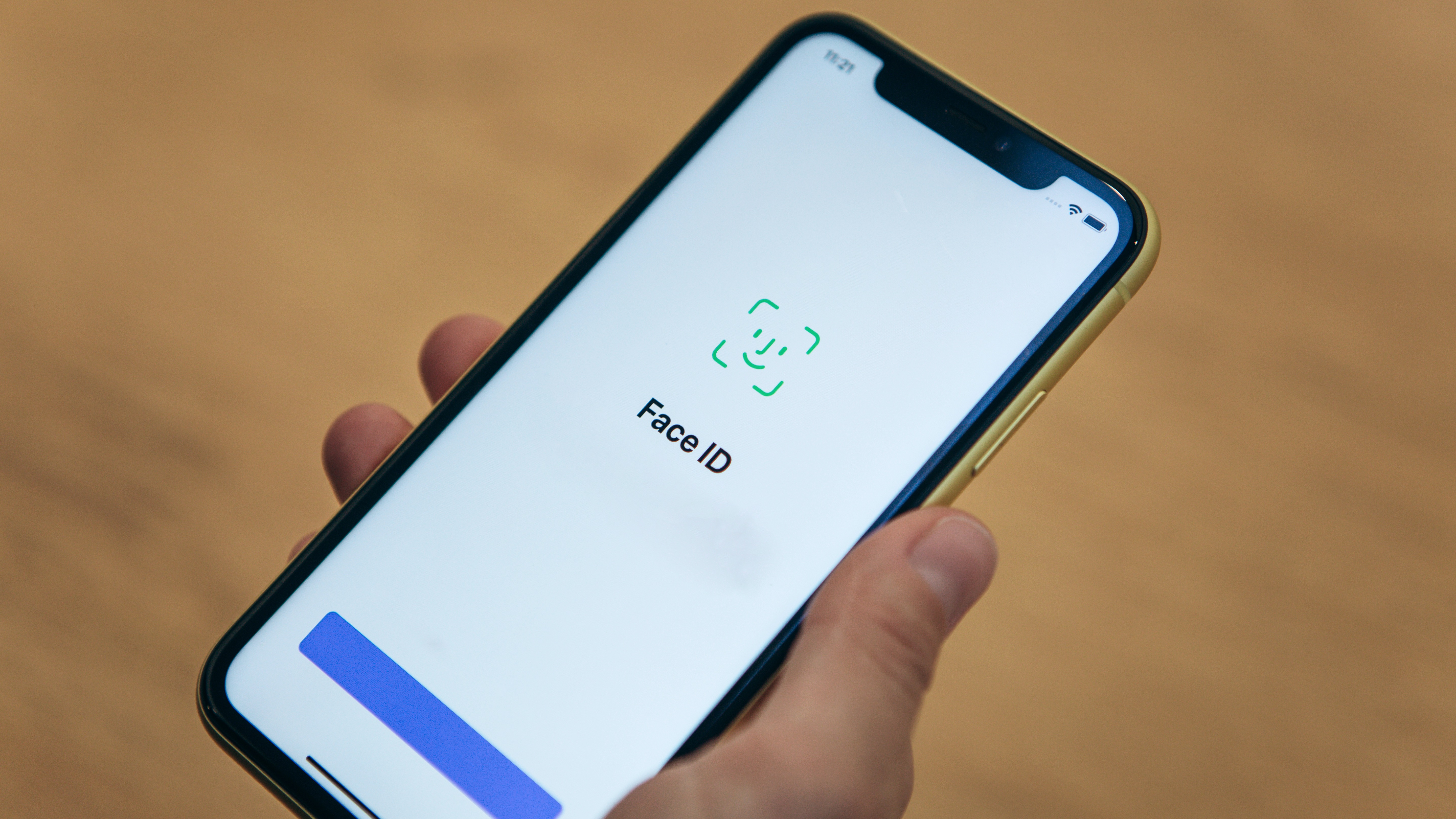
Using facial recognition for payment authentication is set to transform the world of e-commerce by 2025, new research has claimed.
A report from Juniper Research claims the use of such software is set to rise 120% from just 671 million in 2020, with software-based facial recognition set to exceed 1.4 billion users around the globe by 2025.
The rise is largely attributed to affordable accessibility, as millions of mobile users now have a front-facing camera and compatible software such as Apple’s FaceID, despite the fact that many users have been hampered with facemasks during the coronavirus pandemic.
- Take a look at the best accounting software
- The best tax software around today
- Check out the best POS systems
However, the findings underline the need for facial recognition vendors to roll out more effective AI-based verification checks. The report warns that a failure to improve the validity of a users identity during online transactions could reduce user confidence, particularly as spoofing attempts are on the increase.
Secure payments
While payment authentication is set to undergo a huge transformation over the course of the next few years, the study also highlights the wider improvements that are happening.
Fingerprint sensors are another growth area, with 93% of smartphones expect to feature biometric capabilities by 2025. Conversely, hardware-based facial recognition is expected to feature on just 17% of biometrically equipped smartphones featuring these capabilities in 2025.
Similarly, the appeal of voice recognition for payments is growing and is expected to rise from just 111 million users in 2020 to over 704 million by 2025. However, the report suggests its use will struggle to go much higher. While voice recognition for payments is used predominantly in the banking sector its wider acceptance appears unlikely due to concerns about its robustness.
Are you a pro? Subscribe to our newsletter
Sign up to the TechRadar Pro newsletter to get all the top news, opinion, features and guidance your business needs to succeed!
Ultimately, the report findings conclude by recommending that vendors employ a multi-method biometric strategy. In other words, combining the use of facial recognition and fingerprints along with voice and behavioural indicators could help to improve the secure payment environment.
Research co-author Susan Morrow explains: “Hardware-based facial recognition is growing, but the ability to carry out facial recognition via software is limiting its adoption rate. As the need for a secure mobile authentication environment grows, smartphone vendors will need to increasingly turn to more robust hardware-based systems to keep pace with fraudsters’ evolving tactics.”
- We've also highlighted the best mobile credit card processors
Rob Clymo has been a tech journalist for more years than he can actually remember, having started out in the wacky world of print magazines before discovering the power of the internet. Since he's been all-digital he has run the Innovation channel during a few years at Microsoft as well as turning out regular news, reviews, features and other content for the likes of TechRadar, TechRadar Pro, Tom's Guide, Fit&Well, Gizmodo, Shortlist, Automotive Interiors World, Automotive Testing Technology International, Future of Transportation and Electric & Hybrid Vehicle Technology International. In the rare moments he's not working he's usually out and about on one of numerous e-bikes in his collection.
